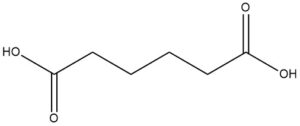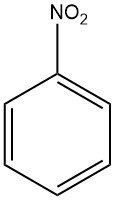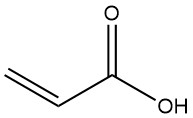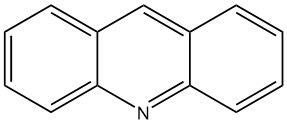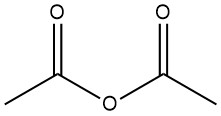
Production Methods of Aliphatic Alcohols
Production of aliphatic alcohols occurs by various industrial processes, some of which are listed below:
Synthesis from carbon monoxide and hydrogen (C1)
Oxo synthesis, often accompanied by hydrogenation of initially formed aldehydes (C3 - C20)
Hydrogenation of aldehydes, carboxylic acids, or esters
Aldol condensation of lower aldehydes followed by hydrogenation of the alkenals (C3 → C6, C4 → C8, C8 → C16)
Oxidation of trialkylaluminum compounds (Ziegler process)
Oxidation of saturated hydrocarbons
Hydration of olefins (C2–C4)
Homologation of alcohols
Hydrocarbonylation by the Reppe process
Hydrocarboxymethylation
Fermentation processes (C2–C5)
Guerbet process

